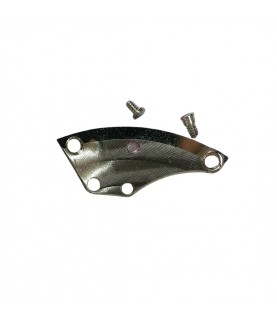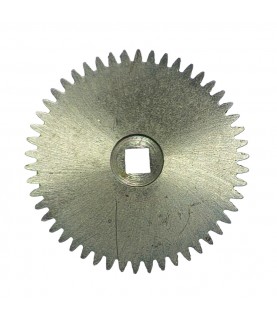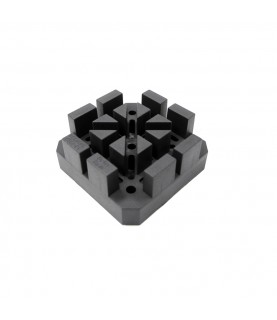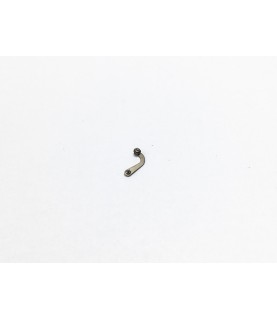Pioneer and Trailblazer Angelo Bonati Reflects on His Building o
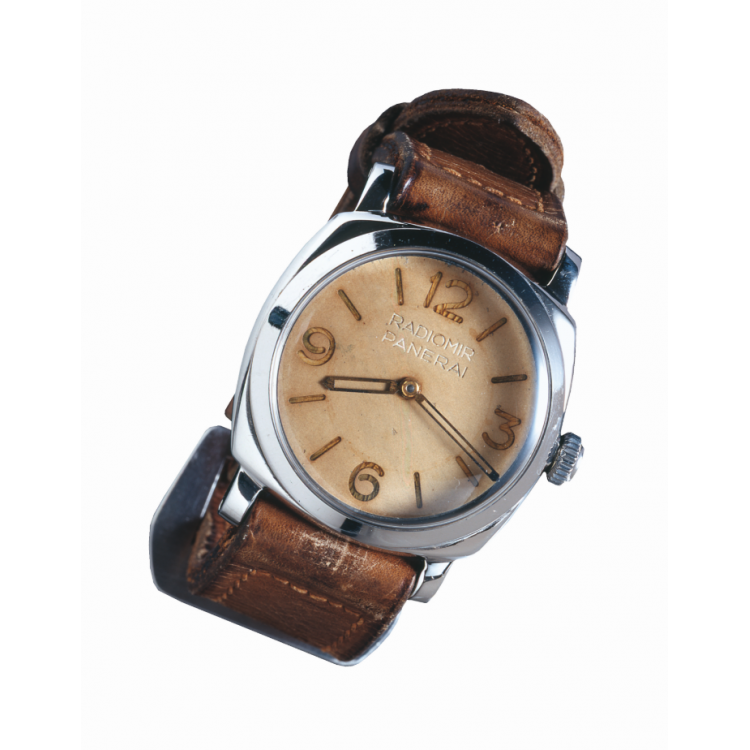
In late March 2018, Angelo Bonati, CEO of Officine Panerai, retired from his lifetime career leading Panerai. It is a bittersweet moment for the now 67-year-old trailblazer. Recently, Bonati took some time with us to reflect on the challenges he conquered at the helm of one of the most successful watch brands in modern history. Twenty-one years ago, in 1997, the Richemont Group (then known as the Vendome Group) purchased a tiny Italian watch brand that essentially had one watch model and a single historic boutique in Florence, Italy. That brand was Officine Panerai, and today it has grown into a worldwide brand with a cultlike following of Paneristi collectors, a state-ofthe-art manufacture in Switzerland, dozens of boutiques, and some of the most sophisticated and easily identifiable watches on the market. The majority of Officine Panerai’s success can be attributed to one man with a great vision: Angelo Bonati.

Panerai’s flagship store in Miami’s Design District. At the request of Johann Rupert, Chairman and CEO of Richemont, Bonati left his long-held position at Cartier in 1997 to lead the newly purchased brand on its forward charge. When Bonati came on board at Panerai, he had only the Luminor and Luminor Marina to work with. The large watches had a distinctive look thanks to their unusual crown guard and highly legible dials. Still, it was a gamble for Bonati. “When I took over Panerai, my friends and the people around me asked me, ‘What are you doing?’ ‘Are you crazy, you work for Cartier and now you want to join a new brand?’” says Bonati. “But there was something about that watch that called to me. I didn’t know what it was, but I believed I could create a brand around this watch.” In fact, when Bonati accepted the challenge of heading Panerai, there was no marketing in place, virtually no following and certainly no in-house movements. What the brand had was a dynamic look and an equally energetic history. Thankfully, and quite by accident, a few years earlier, Sylvester Stallone happened upon the brand, commissioned some watches, and gifted one to friend Arnold Schwarzenegger. The watches appeared in a few movies, but still, there was no cohesive brand positioning. “There was no single big challenge in building Panerai,” says Bonati. “It was all a big challenge. I had only one watch and nothing else existed.

I had to think through every aspect of becoming a brand. We had some history, but it was my place to determine what to do with that history, which stories to tell. I had to plan marketing brochures, catalogs, and find the retailers to believe in it,” recalls Bonati. Bonati also had to get the word out to collectors of the world about Panerai, and smartly cultivated avid followers. Around the year 2000, a group of Panerai lovers banded together, forming the fairly famed Paneristi. “Suddenly, we were growing because Panerai is a beautiful brand and people love Panerai. The brand just grew and grew. The followers came, and now Panerai is Panerai,” says Bonati with a hint of awe. Bonati also was tasked with overseeing the production of Panerai watches, ensuring that the quality was what he demanded and that the design would continue to withstand the test of ever-changing markets and economies. In short, he had to take this small brand and build it into a success. “As I moved along with the brand, I realized that production was so important,” explains Bonati. “The most important thing for me was to be able to create a proprietary movement. You cannot have a strong brand if you do not have your own movements and manufacture.” To that end, Bonati once again rose to the challenge and set about ensuring that the brand had a complete manufacture. In 2002, Panerai opened its current 10,000-square-meter facility on Lake Neuchâtel, and pursued extensive research and development of new movements. That same year, the brand’s first caliber, P. 2002 with the now-famed eight days of power reserve, was unveiled. Today, Panerai boasts 26 in-housemade calibers. Additionally, the brand continually works with top engineers, scientists and artisans to perfect new timepieces and to utilize new materials geared for today’s collectors.

Vintage PAM6154, “Egiziano Piccolo,” made for the Egyptian Navy deck officers in the ’50s. Another aspect of the business important to Bonati as the brand evolved was the establishment of boutiques above and beyond the store in the heart of Florence, Italy. “Boutiques are necessary because if you don’t have boutiques in your distribution model, you are not in control.” says Bonati. “Boutiques distinguish you, and they show the client that you have a totalness to the brand; it helps them understand the brand and it helps to build brand awareness.” To that end, Panerai today has 75 boutiques around the world, including a large concentration of 13 in the United States alone. “It is sometimes unbelievable where Panerai has come, but I was dreaming this. You have to dream something big and important to have motivation,” says Bonati. “If you dream something small then it will come easy; you have to dream big and work to achieve it, and never lose passion.” As he steps down, Bonati says he is unsure what advice he can give his successor. “I can tell him everything I did, but it is up to him to understand what he needs to do for the brand. He can do that only if he has the passion. Passion is when your heart is dedicated to something and your brain is dedicated to something, to that dream.” It is clear that Bonati followed his dream these past two and half decades at Panerai, and that his dream was big.

“As I leave now, it is a part of my life that is on the shelves and has to stay there. To leave is very sad, but I have to be brave and do this. I will keep busy; I will work because if your brain continues to work, your body continues to work. Something better will come of it for me.” Indeed, leaving an industry after 32 years, leaving a brand you have built, much like raising a child, can be bittersweet. Bonati has built a legend from a few watches. When I asked him if he could change anything, would he, his answer was quick and honest. “If I could do it again, I would do the same thing; I would not change anything.”

